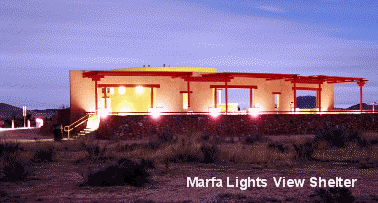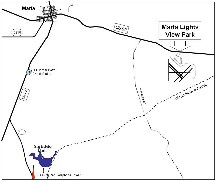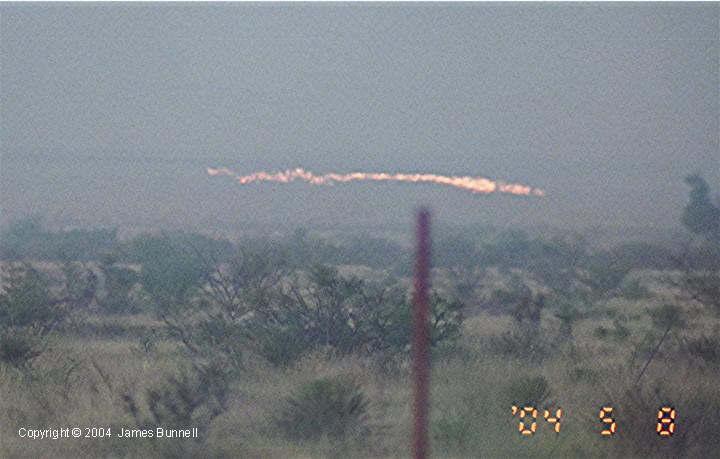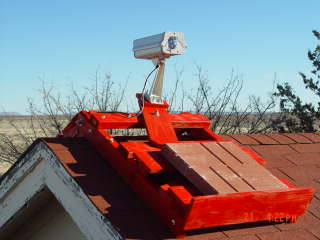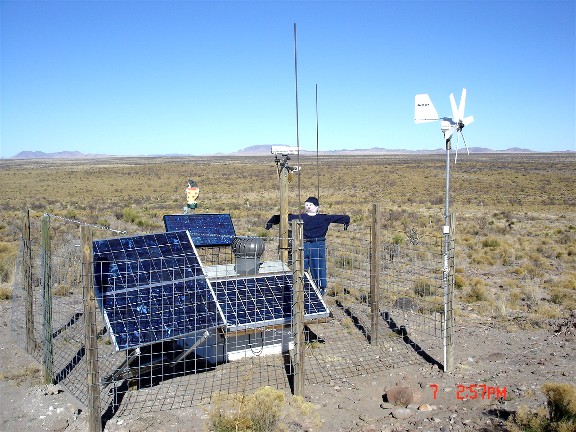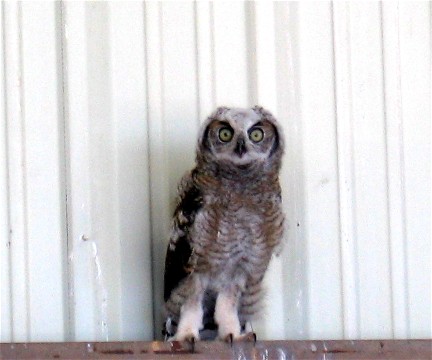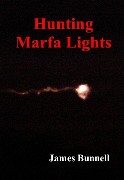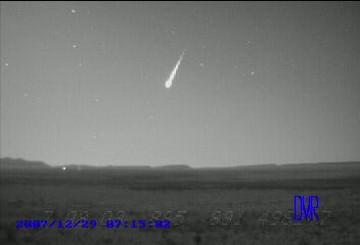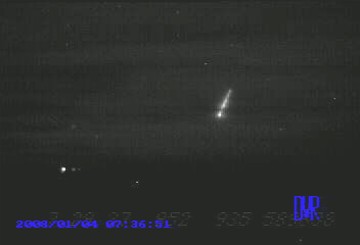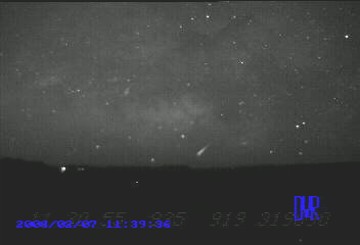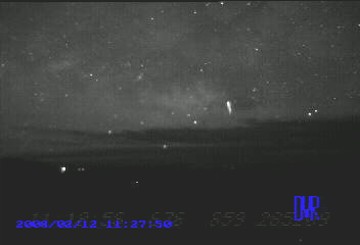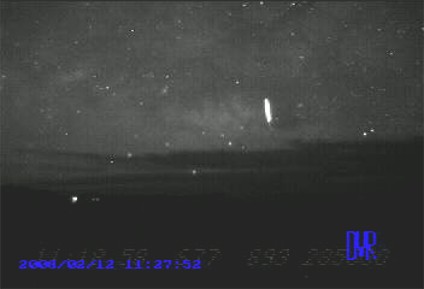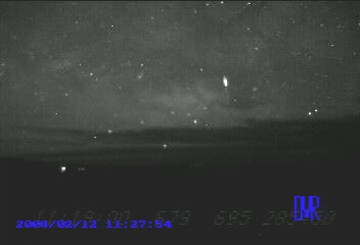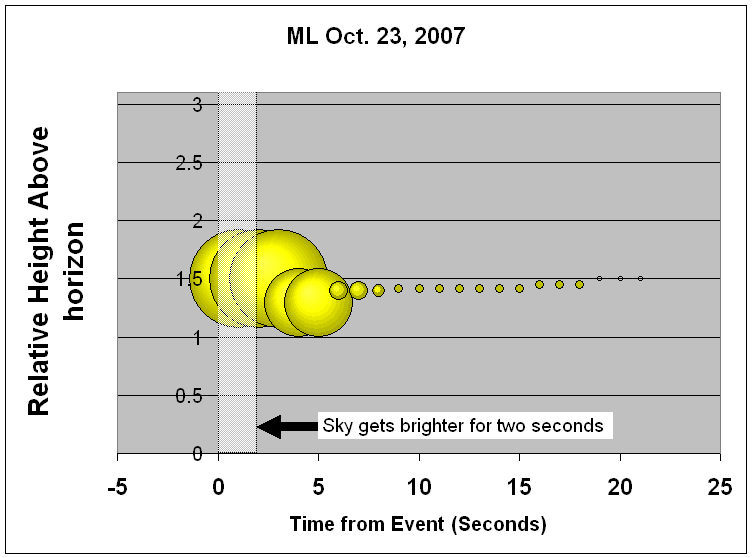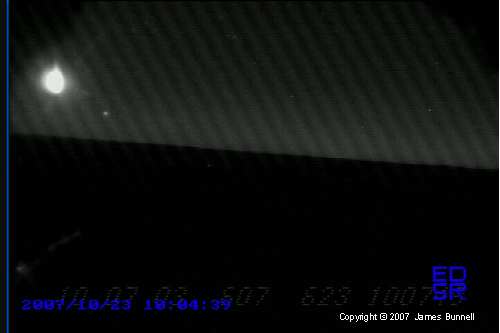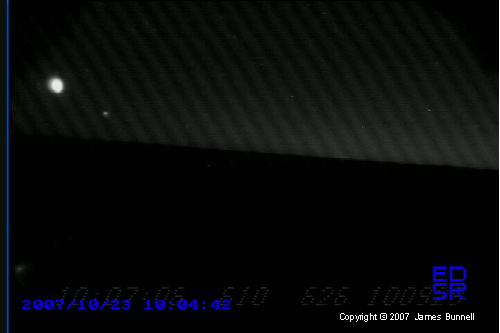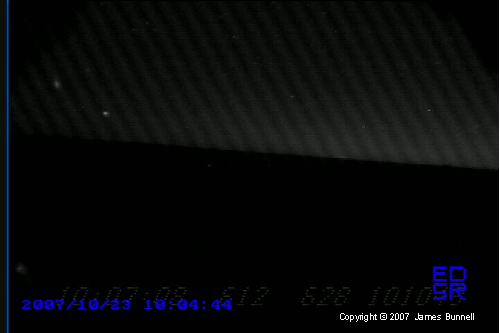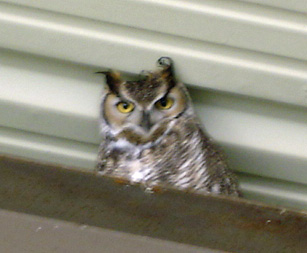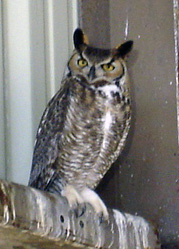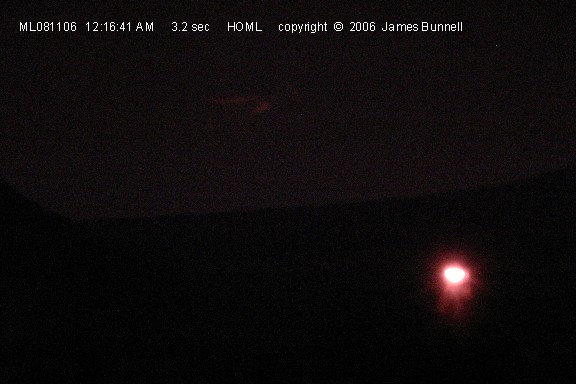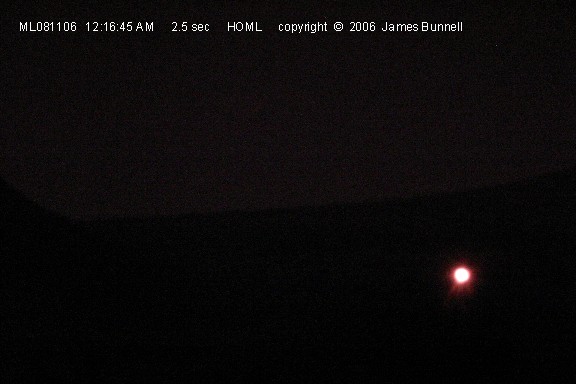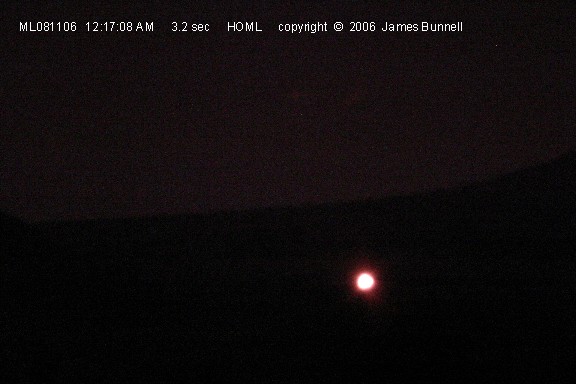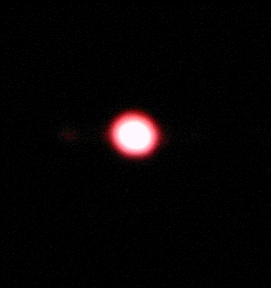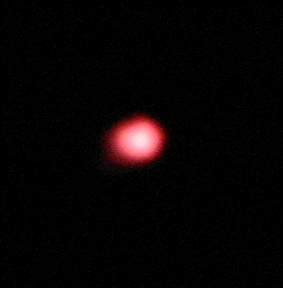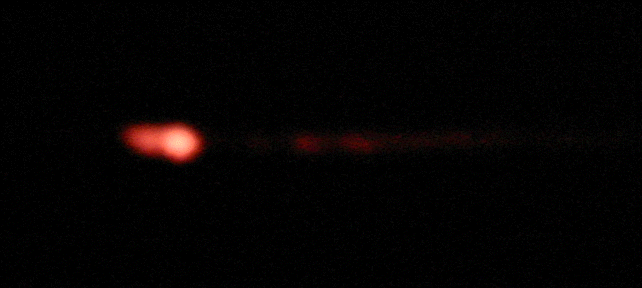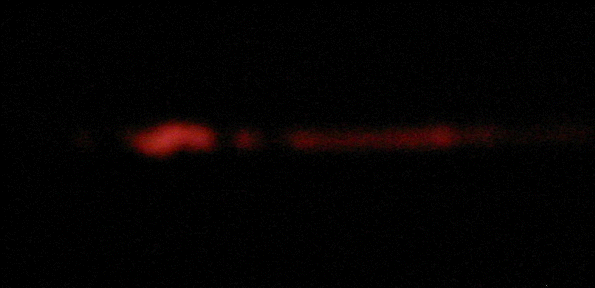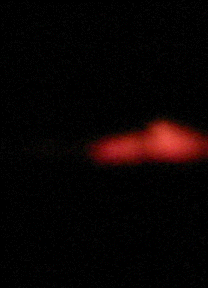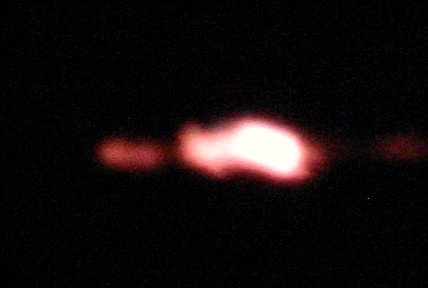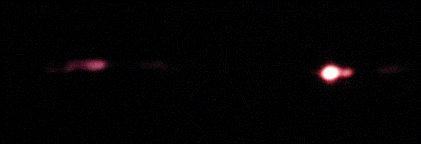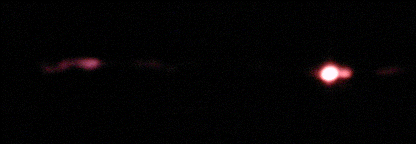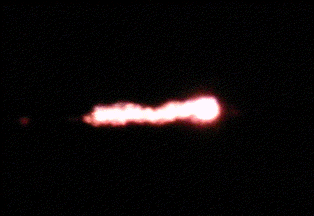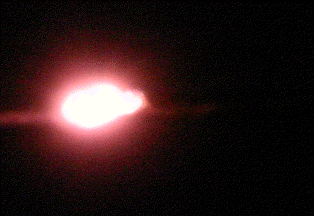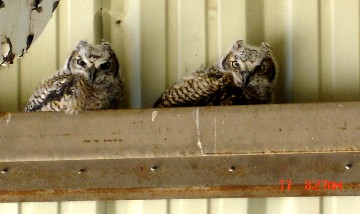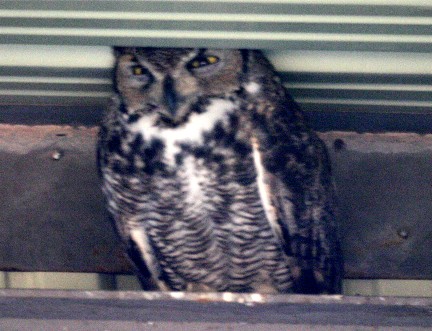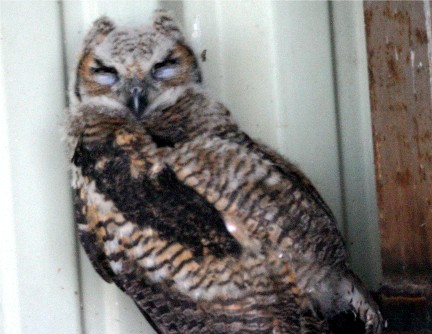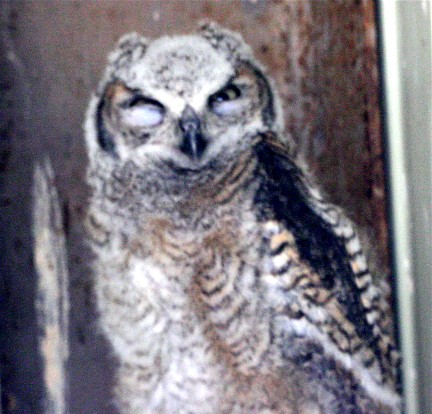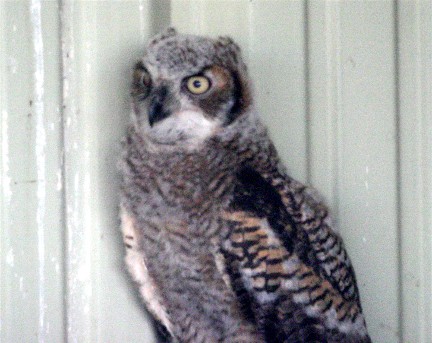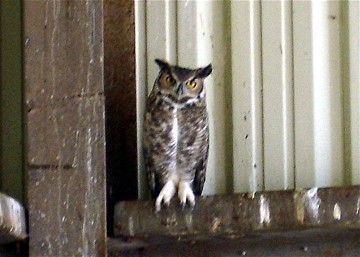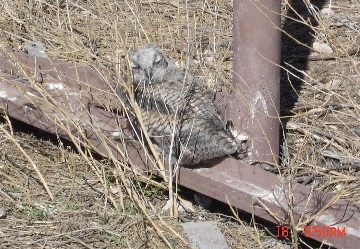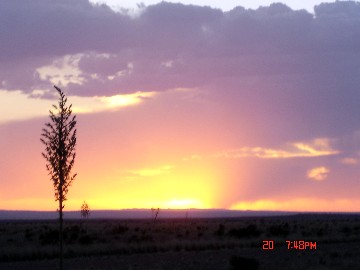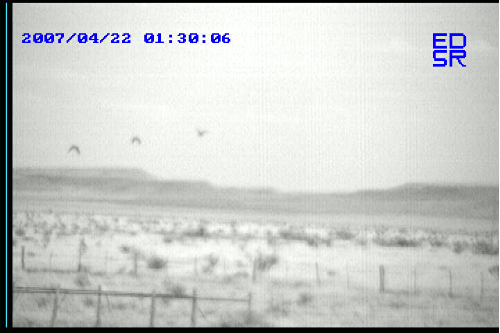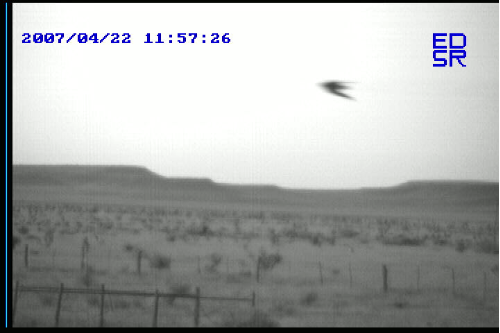Roofus mission ended
Camera removed
Snoopy mission ended
Cameras removed
Owlbert mission ended
Cameras removed
Owlbert was a monitoring station that provided valuable night
photography for the project. It is no longer in operation.
Normal Meteors and Strange Meteors
Many interesting things can be seen at night in the skies over Mitchell Flat east of Marfa, Texas.
The stars are absolutely beautiful -- especially so when there is no moon.
A common sight on many nights is meteors.
They come in all sizes and make beautiful streaks across the sky as they plunge through the earth's atmosphere. Here are a few recent examples:
Dec. 29, 2007 Relatively close and bright
Jan. 04, 2008 Through clouds closer to horizon
Mar. 7, 2008 Goes behind earth curvature
Now for the unusual...
Mar. 12, 2008 These photographs are arranged in the order they were taken, left to right. There are two time-stamps on the images.
The blue clock is uncontrolled. At bottom left behind the blue letters in each image are harder to read white numerals that show accurate time taken from satellites.
Both clocks tell the same story -- the correct sequence is left to right with 2 second separation between images.
That upward direction is possible if this is a meteor that started below the horizon and came into view as it rose over the horizon.
This has not been recorded before and it did get a double-take during data review. And if it is not a meteor? Hmmm Your guess is as good as mine.
__________________________________________________________________________________________________________________________________________________________
On October 23, 2007 Owlbert Camera A2 observed a 17 second ML located well above the horizon (I call these Type IV MLs). What made this ML unusual was a corresponding increase in sky brightness for the first 2 to 3 seconds. This increased brightness was observed by all monitoring cameras including Roofus and Snoopy although no lightning was observed in any direction. The ML did not appear bright enough to have been the source. Following is a plot of ML relative brightness and elevation relative to the horizon followed by three sample pictures:
Owlbert Cameras (when it was operational)
Owlbert A
Owlbert B
Care Takers
Are Mystery Lights (MLs) seen during daylight hours?
The State of Texas furnished a sign at the Marfa Lights View Park to inform people that mystery lights are only visible after dark but is this constraint an actual fact? The question is critical because if MLs shine only at night, then that mere fact eliminates all possible ML sources that are as likely to occur during daylight as at night. This nighttime only filter is powerful because it potentially eliminates seismic activity (crushing of quartz crystals below the earth's surface, etc.), telluric (underground) currents, car lights (thanks to popularity of daytime running lights), subsurface volcanic activity and a whole host of other possibilities. In fact anything that might produce such a light during the day has to be discounted because we know that MLs are plenty bright enough to be seen during daylight hours.
Nothing about MLs is ever completely straight forward. It turns out that people have reported seeing mysterious lights during daylight hours but such reports are rare and difficult to authenticate. Because this question of 'nighttime only' is so critical I conducted a daylight survey during 2005 by running Roofus 24 hours a day for about six weeks. No MLs were observed during that test period leading to a conclusion that the nighttime only constraint applies.
Photographs from August 11, 2006 ML event:

October 2006 ML
On October 19, 2006 (October 20 Oct. in Universal Time) as part of a data collection trip to Marfa Sandy and I had the good fortune to witness a classic ML. The event was seen by Snoopy but the view from Roofus was blocked by tree leaves. Unfortunately Owlbert's cameras also failed to record the event because of equipment malfunction. Sandy observed the event through 12X binoculars while I took many photographs using cameras we carry with us for such an occasion. The ML appeared twice or else there were two separate MLs. Below are cropped images taken by a special Canon digital camera that is able to record infrared in addition to visible light. It was operated equivalent to ISO 1600 speed in a mode that caused the shutter to close as soon as sufficient light was collected. For that reason exposure times differ from image to image but all were relatively long (ranging from 3.2 seconds to 8 seconds). Because of these long exposure times the ML creates a light track whenever it is moving. My cameras are always tripod mounted and run in automatic following a wire shutter release so that the camera is not disturbed while photographing.
We were physically far but optically close thanks to 1250mm lenses. Close enough to reveal significant detail regarding ML behavior and the surrounding gas environment. Images below are arranged left to right in the order they were taken making it possible to see exactly how the ML progressed.
ML1 01:59:10UT to 02:03:27UT (8:59:10 PM to 9:03:27 PM CST)
General direction of ML travel was left to right although it zigzagged some early in the event.
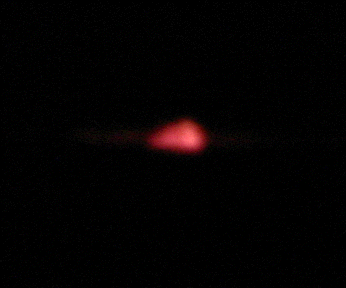
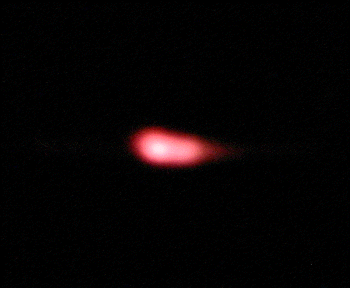
Splitting?
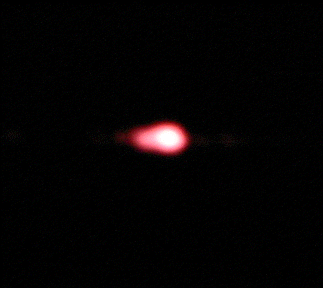
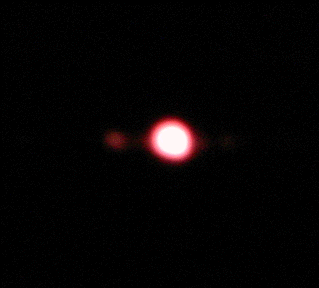
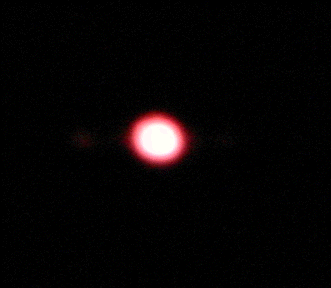
Temperature bands? Cooling?
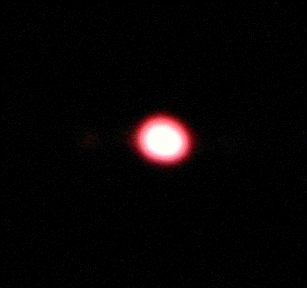
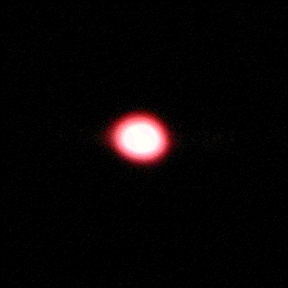
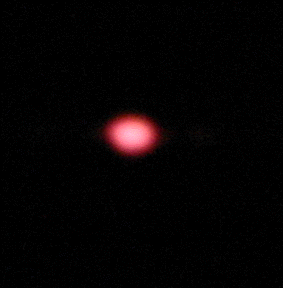
Losing material?
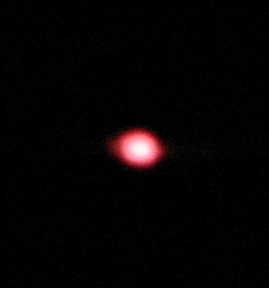
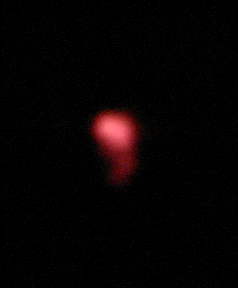
A line forms in the direction of travel
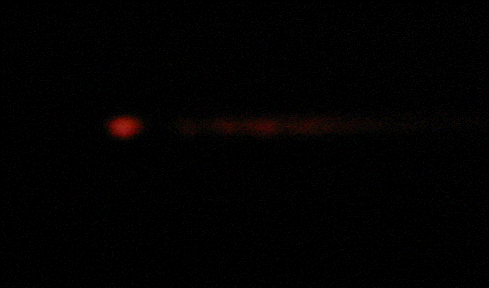
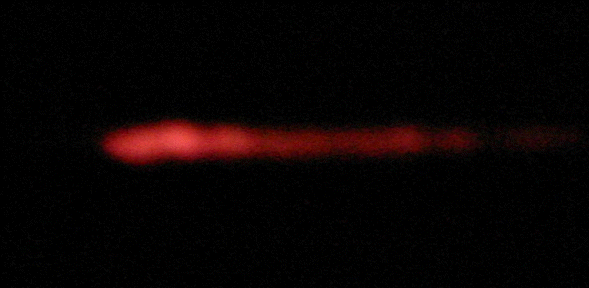
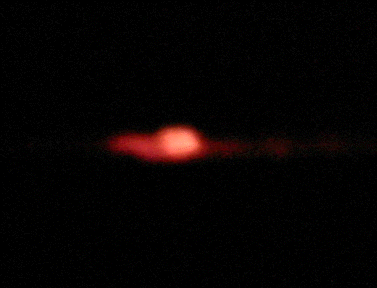
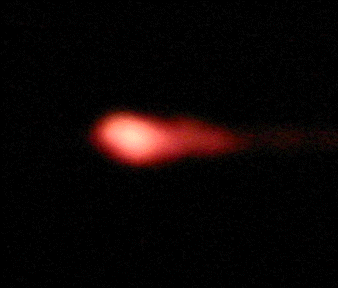
Notice the ML split in the image below. A merge follows the split.
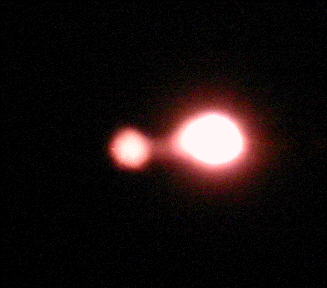
Splitting again.
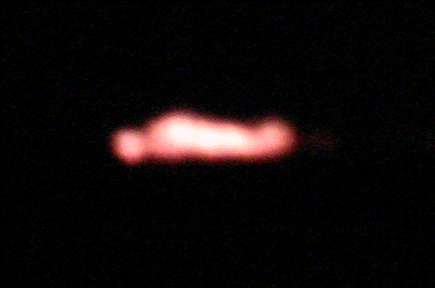
End of 1st round.
ML 2 03:02:03UT to 03:07:16UT (10:03:03 PM to 10:07:16 PM CDT)
General direction of ML travel is right to left. This sequence shows an entire line of material mostly in the direction the ML is moving.
3:02:03UT (10:02:03 PM CST)
3:02:10UT
3:02:18UT
3:02:25UT
?
3:02:53UT
3:03:01UT
3:03:21UT
3:03:30UT
3:04:07UT
3:04:22UT
3:04:31UT
3:04:39UT
3:04:44UT
3:04:49UT
3:05:00UT
3:05:07UT
3:05:21UT
3:05:28UT
3:05:34UT
3:05:41UT
3:06:44UT Line is gone, getting brighter. 3:06:52UT Moving fast.
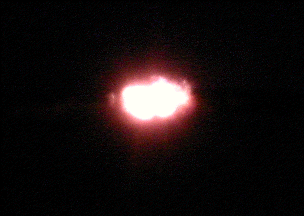
3:06:59UT 3:07:06UT
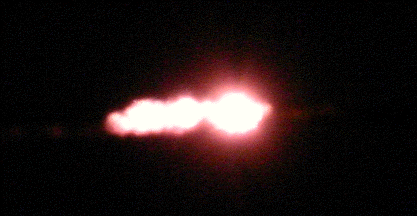
3:07:11UT 3:07:16UT
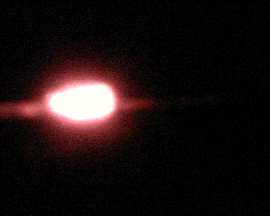
End of October show.
Why is this station called Owlbert?
The names of previous monitoring stations, Roofus and Snoopy, reflect aspects of their circumstances and Owlbert is no exception. Owlbert's name is derived in part from the fact that it is housed in an owl's den. Large owls claim the building as their own territory -- intruders enter at their own risk. A few of the interesting inhabitants are shown below:
More Pictures
Unknown Light (UL) with sprite from May 22, 2007
Three Owls turning final for landing at Owlbert
Swift bird executes a down wind flyover with mesa notch in the background. These graceful birds are called "Bullbats" by local ranchers because they emit a deep honk that sounds like a truck horn. In flight they look as if their slender wings are beating alternately although that is not the case. As the name implies, they are swift and like bats feed on insects caught in flight.
